Lessons that Last: Turning an Appleseed Yellowstone Trip into a Year-Long Curriculum
- Caleb Mullenix
- Oct 22
- 5 min read
Updated: Oct 23
Transforming a five-day Appleseed Expeditions journey to Yellowstone into comprehensive, year-long learning requires strategic planning, structured documentation, and purposeful follow-through. Educators who implement this approach maximize student engagement while creating lasting connections between experiential learning and classroom objectives across multiple academic disciplines.
Pre-Trip Foundation Building: 8-12 Weeks Before Departure
Begin preparation immediately upon trip confirmation. Establish learning objectives that align with state standards in earth science, biology, environmental studies, and social studies. Create anticipation while building essential background knowledge that transforms students from passive tourists into active field researchers.
Geographic and Historical Context Unit (Weeks 1-3)
Initiate study with comprehensive mapping exercises. Students must research and document the geological formation of the Greater Yellowstone Ecosystem, tracing the journey from your school location to Salt Lake City, then through Jackson, Wyoming, to Teton Village. Require students to identify key geographical features, elevation changes, and climate variations they will encounter.
Assign research projects focusing on Indigenous peoples who inhabited the Yellowstone region for thousands of years before European exploration. Students should investigate the Crow, Blackfeet, Shoshone, and other tribes, understanding their traditional relationships with the land. This foundation provides crucial cultural context often overlooked in traditional park education.
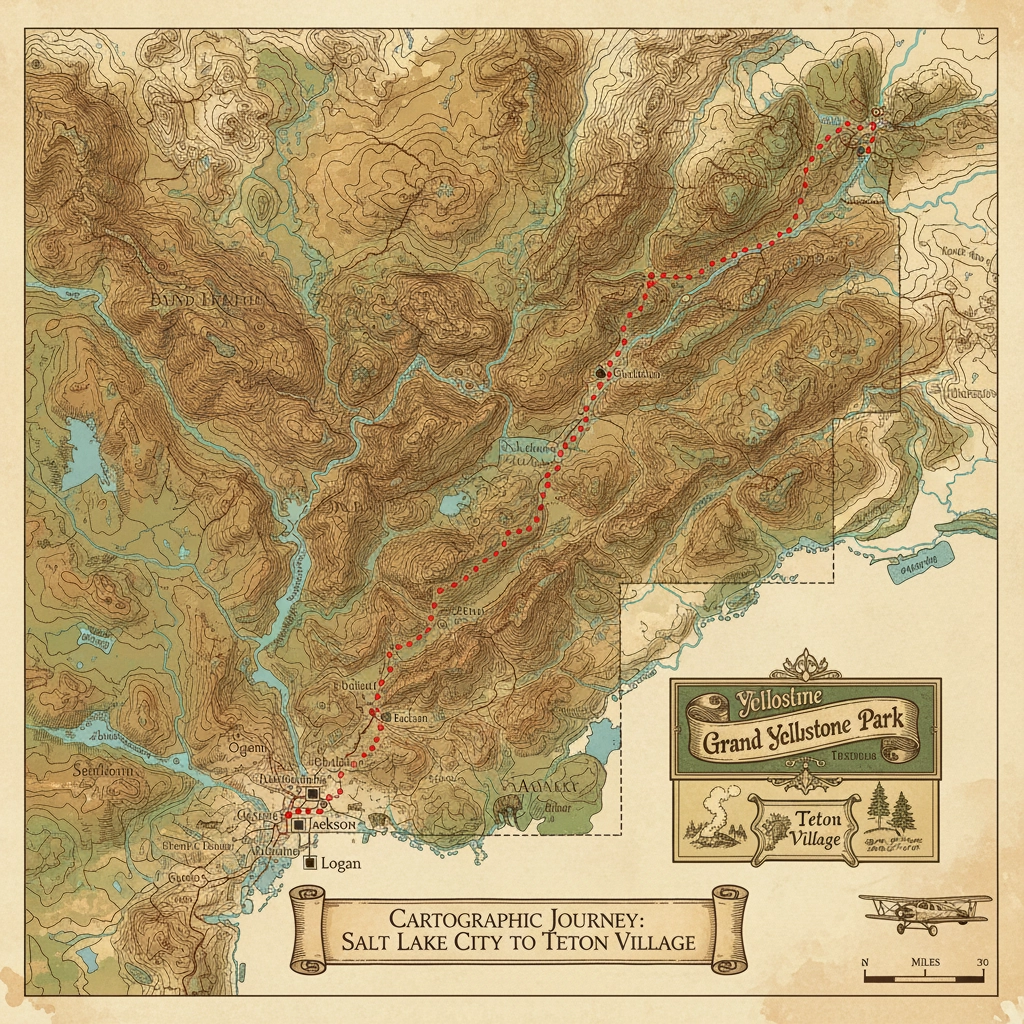
Scientific Preparation and Hypothesis Development (Weeks 4-6)
Establish baseline scientific understanding of geothermal activity, predator-prey relationships, and ecosystem dynamics. Students must develop research questions they will investigate during the expedition. Examples include: "How do thermal features affect local vegetation patterns?" or "What behavioral adaptations do we observe in Yellowstone wildlife during different seasons?"
Create data collection sheets for wildlife observations, thermal feature measurements, and ecological surveys. Students should practice using field guides, binoculars, and basic scientific equipment they will employ during the trip. Emphasize the importance of systematic observation and accurate documentation.
Pre-Trip Assessment and Expectations Setting (Weeks 7-8)
Administer pre-trip assessments measuring students' current knowledge of Yellowstone's geology, wildlife, conservation history, and ecological principles. These assessments serve as baseline measurements for post-trip learning evaluation.
Establish clear behavioral and academic expectations for the expedition. Students must understand their roles as environmental stewards and scientific observers. Discuss safety protocols, group dynamics, and the privilege of experiencing protected wilderness areas.
During-Trip Documentation: Maximizing Field Learning
Transform the five-day Appleseed expedition into intensive field research. Students function as citizen scientists, collecting data and observations that support year-long research projects.
Daily Documentation Requirements
Require comprehensive daily journal entries addressing specific scientific and cultural observations. Students must record GPS coordinates, weather conditions, wildlife sightings with behavioral descriptions, geological feature measurements, and personal reflections on conservation themes.
Implement structured observation protocols at key locations. At Hayden Valley, students conduct systematic wildlife surveys, recording species, numbers, behaviors, and habitat utilization. During the Artist's Point visit, focus on geological processes, water flow patterns, and erosion evidence.
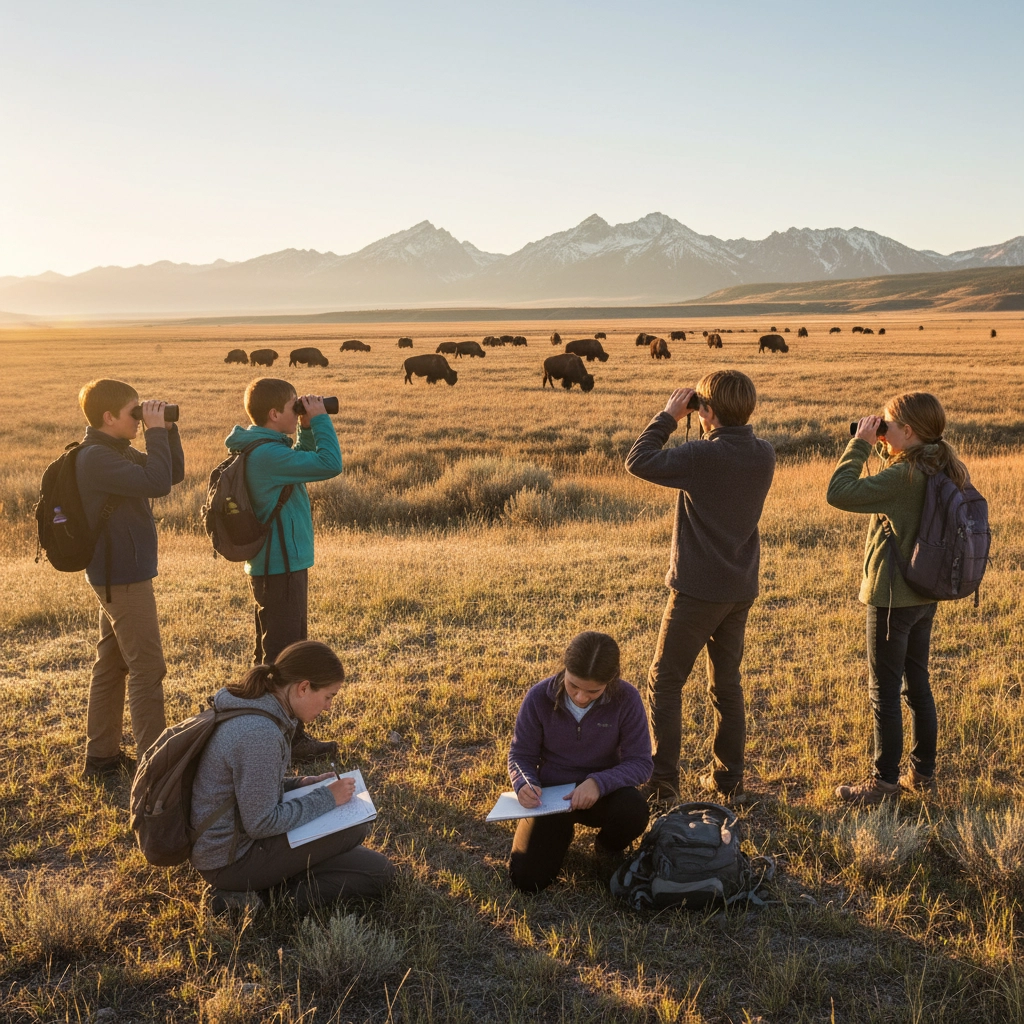
Field Research Projects
Assign individual or small-group research focuses aligned with academic standards. Biology students might concentrate on predator-prey dynamics observed during wildlife viewing. Earth science students could document geothermal features, measuring temperatures and documenting mineral deposits. Environmental studies students might focus on human impact and conservation efforts.
At the Wolf and Grizzly Discovery Center, students participate in structured interviews with wildlife biologists, documenting current research methods and conservation challenges. This professional interaction provides authentic career exploration opportunities.
Post-Trip Extension: Building Year-Long Learning
The expedition's conclusion marks the beginning of intensive academic work. Students utilize field observations and collected data as foundations for comprehensive research projects spanning multiple quarters.
Immediate Post-Trip Processing (Week 1-2)
Conduct thorough debriefing sessions focusing on scientific observations, cultural insights, and personal growth experiences. Students organize field notes, photographs, and collected materials into coherent research databases.
Require students to identify three major learning themes from their expedition experience. These themes become the foundation for quarter-long research projects. Examples include wildlife management policies, geothermal energy potential, climate change impacts on alpine ecosystems, or Indigenous land rights issues.
Quarter 1: Wildlife and Ecosystem Analysis
Students conduct comprehensive research projects building upon wildlife observations from Hayden Valley and Moose Wilson Road experiences. Middle school students might focus on single species studies, investigating elk migration patterns, wolf pack dynamics, or bison herd behaviors. High school students undertake more complex ecosystem analysis, examining trophic cascades, carrying capacity calculations, or climate change adaptation strategies.
Require students to present findings using professional scientific poster formats. Presentations must include field observation data, supplementary research, and policy recommendations based on current conservation science.
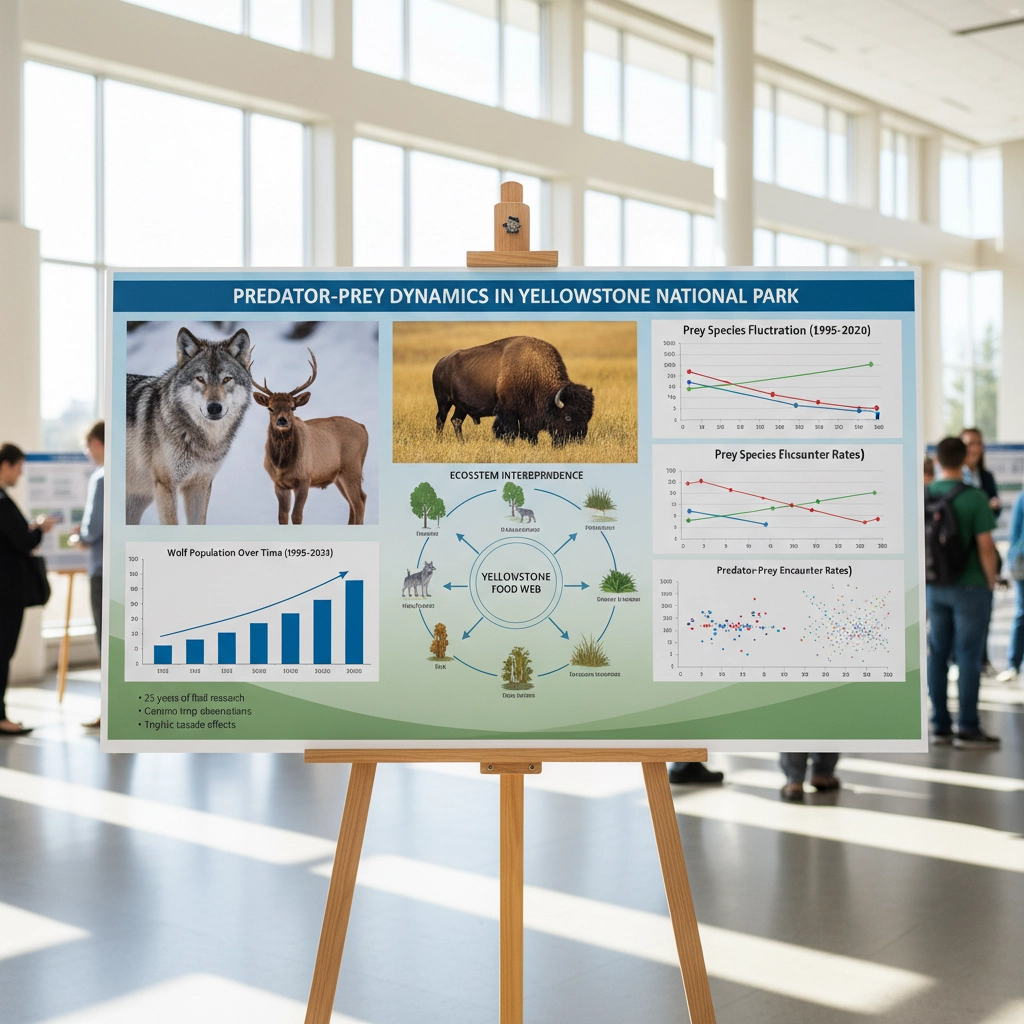
Quarter 2: Geological Processes and Earth Systems
Focus intensive study on Yellowstone's geothermal features observed during Old Faithful and Grand Prismatic Spring visits. Students investigate volcanic activity, supervolcano implications, and geothermal energy applications. Advanced students might model magma chamber dynamics or analyze seismic data from the Yellowstone region.
Create connections between Yellowstone geology and local geological features. Students compare and contrast regional geological processes, understanding how Yellowstone's unique characteristics fit within broader North American geological history.
Quarter 3: Human Impact and Conservation Policy
Examine the complex relationships between human activities and wilderness preservation. Students analyze historical policy decisions, current management challenges, and future conservation strategies. The volunteer experience at the Wolf and Grizzly Discovery Center provides concrete examples of human-wildlife conflict resolution.
Require students to develop policy proposals addressing current Yellowstone challenges such as overtourism, wildlife management, or climate change adaptation. Students must support proposals with scientific evidence gathered during their expedition and subsequent research.
Quarter 4: Synthesis and Community Action
Students synthesize year-long learning into comprehensive capstone projects demonstrating mastery of scientific concepts, research skills, and environmental stewardship principles. Projects might include community education presentations, policy briefs for local government officials, or environmental action campaigns addressing local conservation issues.
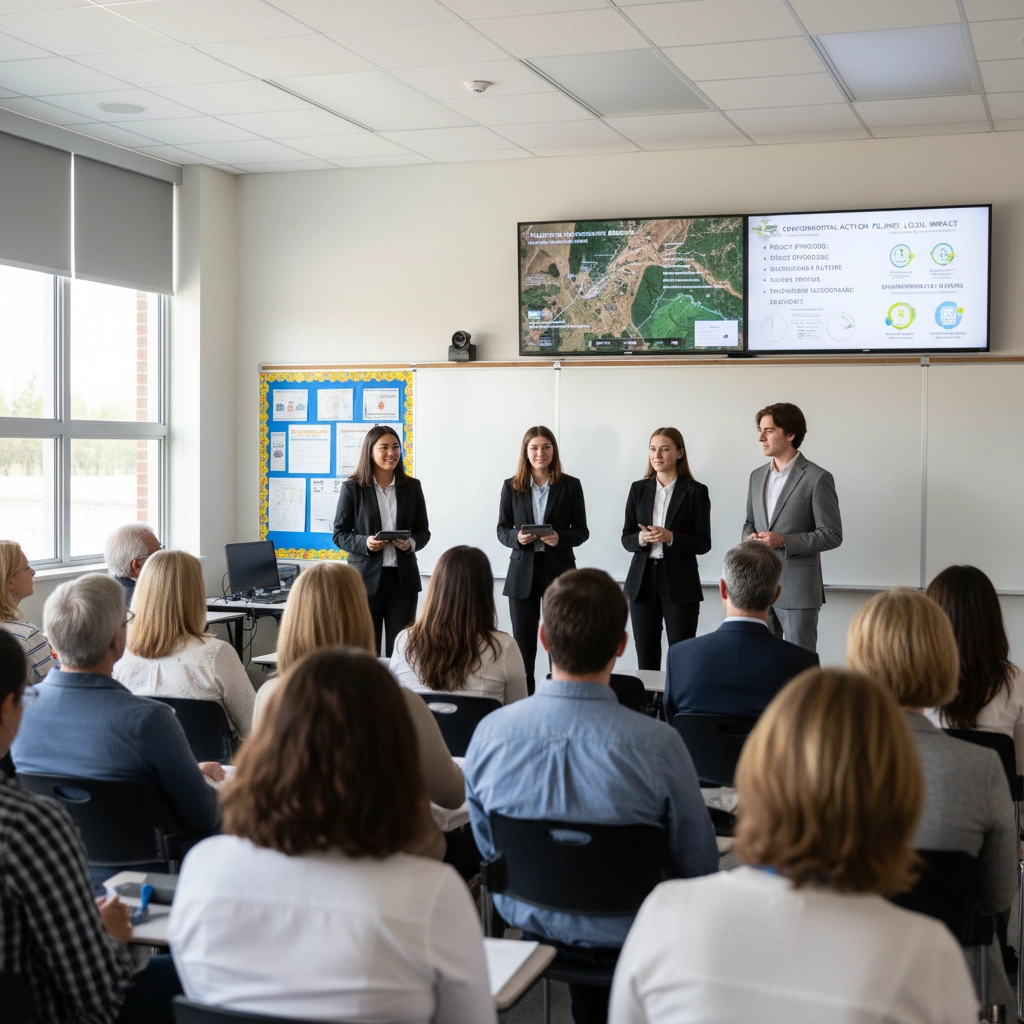
Cross-Curricular Integration Strategies
Maximize learning impact by connecting Yellowstone experiences with multiple academic disciplines throughout the school year.
Mathematics Applications
Utilize expedition data for statistical analysis, graphing exercises, and problem-solving applications. Students calculate wildlife population densities, analyze visitor impact statistics, or model geothermal energy output. Advanced students might engage with GPS coordinate systems, elevation profile analysis, or economic impact assessments of national park tourism.
Language Arts Integration
Require extensive writing throughout the year-long curriculum. Students produce scientific reports, persuasive essays advocating for conservation policies, creative writing inspired by wilderness experiences, and research presentations. Reading assignments might include classic American nature writing, Indigenous perspectives on land stewardship, and contemporary environmental literature.
Social Studies Connections
Investigate the political processes leading to national park establishment, examining competing interests between conservation and development. Students research Progressive Era politics, Theodore Roosevelt's conservation legacy, and ongoing debates about public land management.
Assessment and Evaluation Framework
Implement comprehensive assessment strategies measuring both content mastery and skill development throughout the year-long curriculum.
Formative Assessment Strategies
Conduct regular journal reviews, peer evaluation sessions, and progress conferences. Students maintain research portfolios documenting their learning journey from pre-trip preparation through final presentations. Weekly reflection essays help students process experiences and connect field observations with classroom learning.
Summative Assessment Options
Offer multiple demonstration formats accommodating diverse learning styles and strengths. Students might choose from scientific research papers, multimedia presentations, community action projects, or artistic interpretations combining visual arts with scientific content.
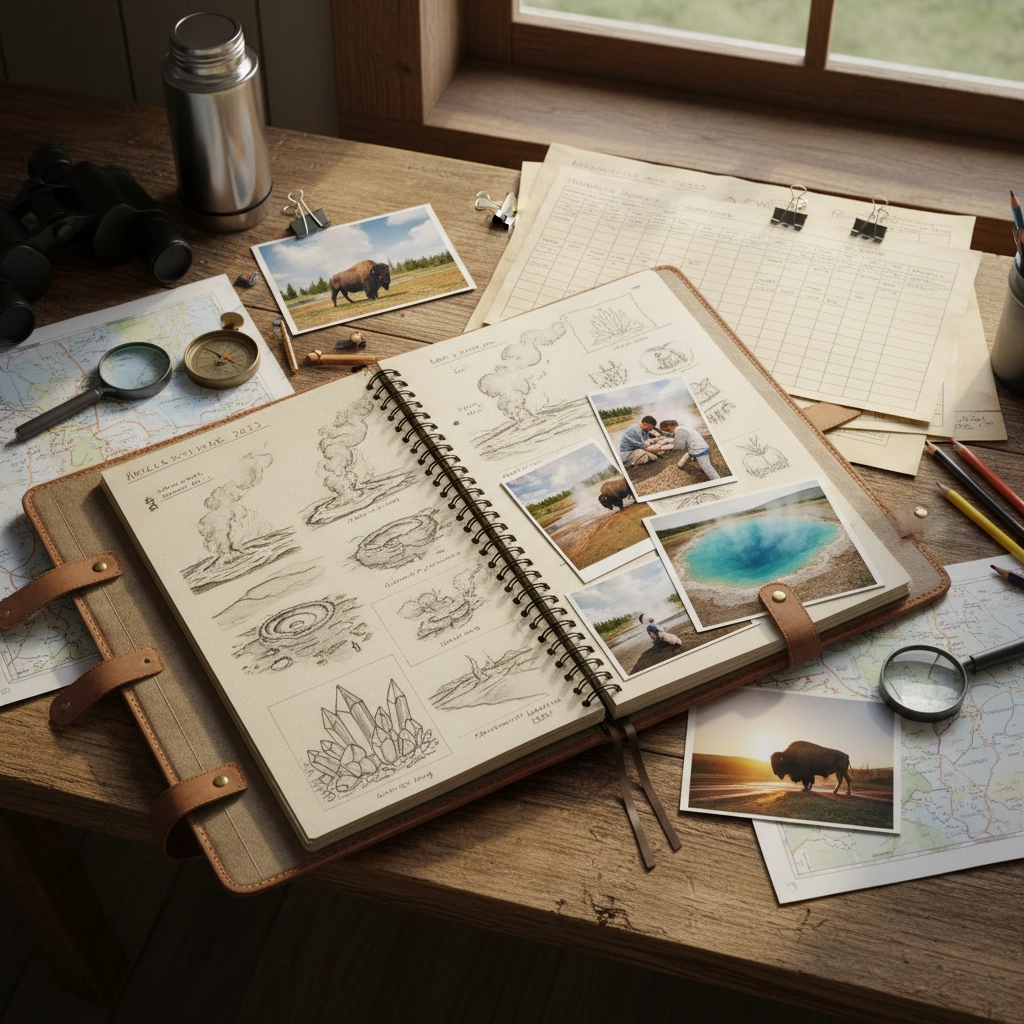
Building Environmental Stewardship
Throughout the year-long curriculum, consistently reinforce the connection between knowledge and responsibility. Students who understand Yellowstone's ecological complexity and conservation challenges develop personal commitments to environmental stewardship extending far beyond the classroom.
Encourage students to identify local environmental issues where they can apply knowledge and skills developed through their Yellowstone experience. This connection between national treasures and hometown environments creates lasting engagement with conservation principles.
The Appleseed Expeditions experience provides the catalyst, but sustained learning requires intentional curriculum design and consistent implementation. Educators who commit to this comprehensive approach transform a single week of adventure into transformative educational experiences that influence students' academic achievement, career interests, and personal values for years to come.
Ensure that every student understands their role as future environmental stewards, carrying forward the responsibility to protect and preserve natural treasures for generations yet to come. This educational investment pays dividends in creating informed, engaged citizens committed to environmental sustainability and scientific literacy.



Comments